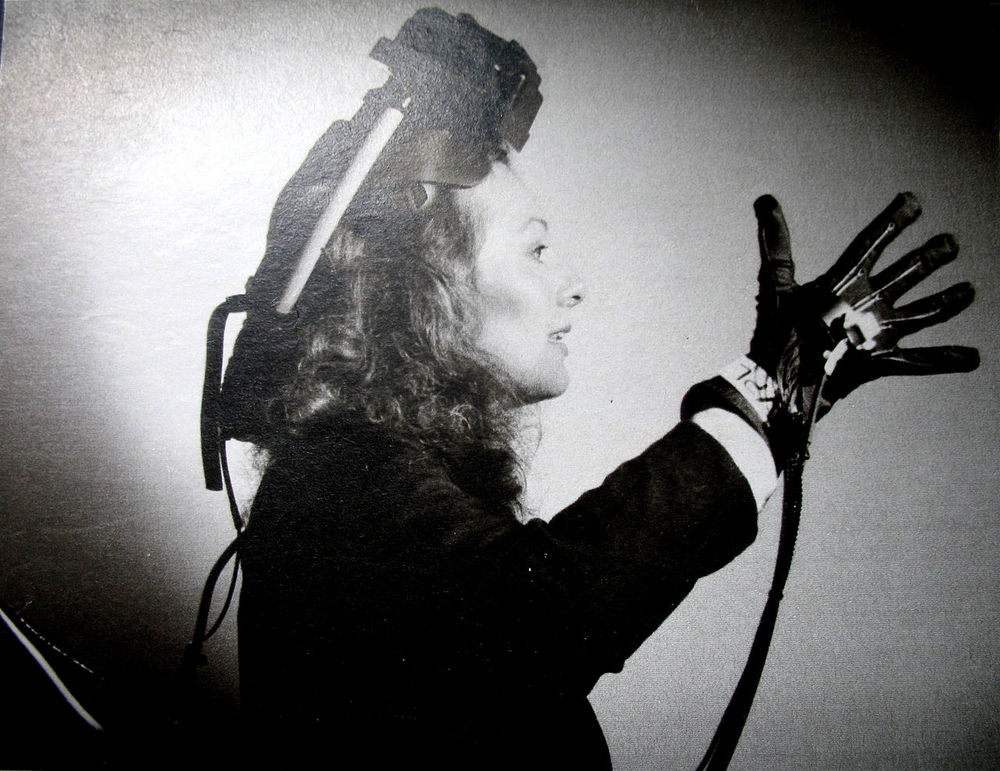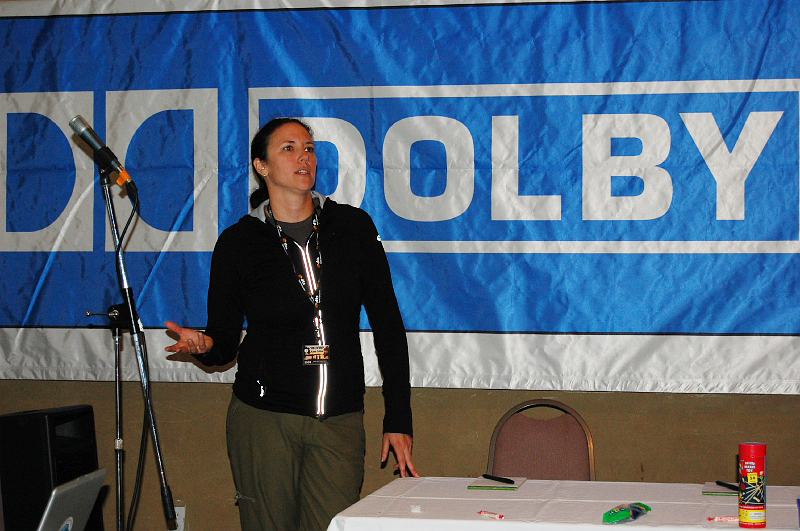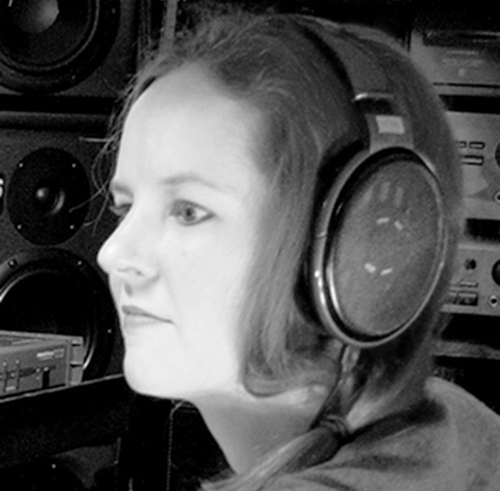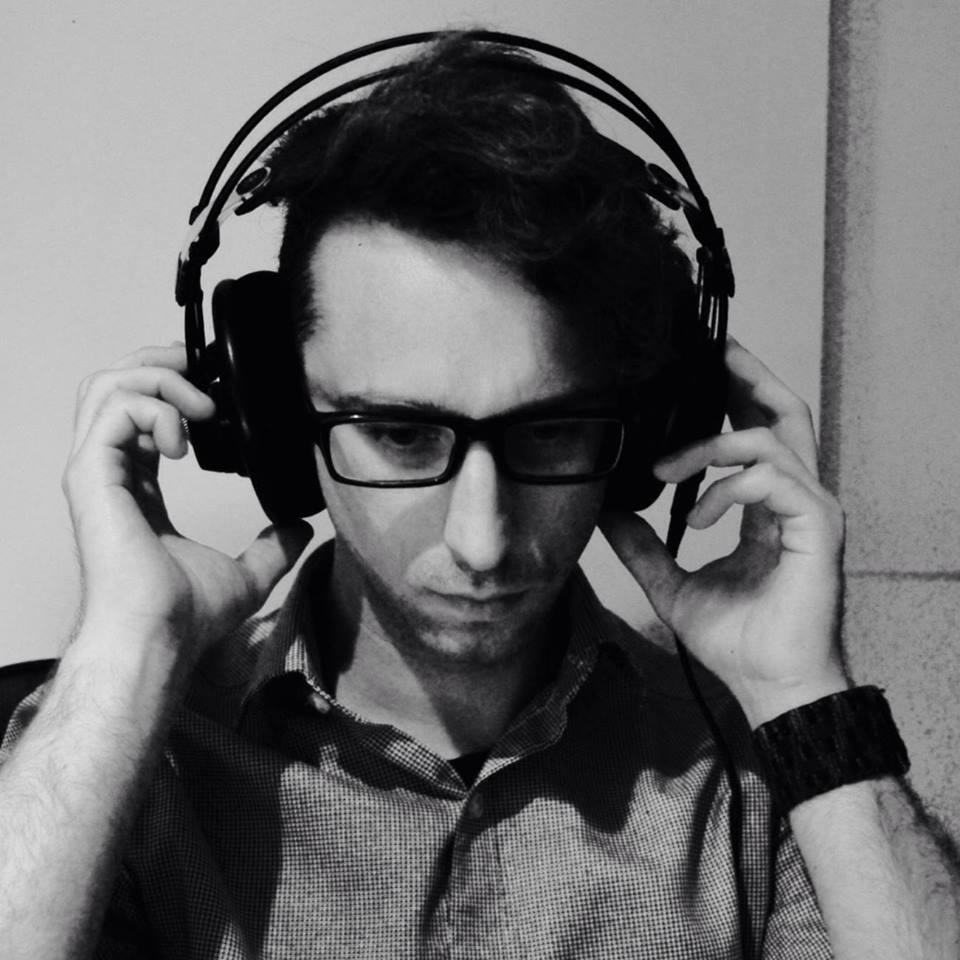Built to Play 44: Harmonic Stuff - a podcast by Built to Crew
from 2014-09-30T19:32:39
Subscribe (iTunes)Subscribe (Stitcher)
On Built to Play, we put on a headset, strap on a pair of headphones, and talk about virtual reality in all its forms.
UPDATE: Arman uploaded an unfinished version of the episode. A clean, fixed version has now been uploaded. We apologize for the mistake.
Some people just can't stop thinking about virtual reality. Last week Oculus chief technology officer John Carmack (and the creator of DOOM) got on stage at the VR conference, Oculus Connect, and improvised a speech about the technology for more than an hour.Oculus Connect is also where the Facebook-owned tech firm revealed their newest, and presumably last, Oculus Rift prototype, Crescent Bay. With 3D audio and better motion tracking, it looks like this prototype is the closest we've come to confusing reality with the virtual.
But Arman and Daniel are not these people. They don't have time to keep up with these people and their "headsets." They're far too busy playing the new Smash Bros. So they called up a local VR game developer, Stephan Tanguay, to explain the ins and outs of modern virtual reality.
Stephan has been a fan of VR since at least mid-'80s. He watched the great outpouring of shoddy, ugly and straight-up misguided VR attempts get laughed out of the room. So when the Oculus Rift came out in 2012 as a developer's kit, Stephan was one of the first to use it. He's been waiting for a while to see a form of virtual reality that's easy to create games for, is affordable, and can fully immerse you in another world.
But we may not be there quite yet. Virtual reality isn't like the Matrix. You aren't going to jack in and forget the real world exists. It's a headset that shows you a new environment and, as of right now, has some serious limitations. So far, the games work best if you're sitting down. The resolution is low, and the headset can't use Plus, you're tethered to a computer, so it's not like you can go for a walk.

Courtesy Wikimedia
Stephan's optimistic that all of these kinks can be fixed in the next five to ten years. Until then, he'll continue developing games for the Oculus Rift. It may not be out to the general public quite yet, but when is, you can bet Stephan will be in line to get one. You can hear about the power of virtual reality and its current limitations starting 1:00.
**Virtual reality isn't technology alone. Game sound and music have been drawing us to new worlds for almost a hundred years. **
Victorian arcade machines (which are totally real) would often play music to disguise that they were for gambling. The second video game ever made had sound effects. Music didn't come until later. Early game consoles didn't have the space on the cartridge to have sophisticated soundtracks and relied on the internal sound cards. PC games had a great range of sound years before consoles, but by the time of the Nintendo Entertainment System, consoles were catching up.
A lot of people are willing to stop there. The Sega Genesis/Mega Drive and Super Nintendo were still limited to an electronic sound, but these were catchy tunes. People remember the Super Mario theme to this day. Talk toKaren Collins, and she'll remind you that music has gone a long way since the late '80s. We have orchestral scores, sound effects that rival films', and a form of composition unique to video games.

Courtesy Beep/Karen Collins
Karen is the Canada Research Chair for Game Sound at the University of Waterloo. She has a letter from Prime Minister Stephen Harper to prove it. She's also working on a documentary about game sound, called BEEP, tracing its history from the 1890s to modern day. It can be a difficult task. Early composers weren't credited, and old games don't produce the same sounds in an emulator as they did on a console.
To hear more about the documentary and the history of game sound, tune in 32:40
By definition, game music is made specifically for an interactive medium, which changes the way its composed and the way we hear the final product.

Courtesy Winifred Phillips
After talking to Karen Collins, there's one question that stuck the heads of our producers. Game music can be just as interactive as the medium for which it's created. When you switch from a combat scene to a conversation the music changes with it. It doesn't make sense to have a bombastic score during a quiet character moment. So, what does that mean for game soundtracks?
Like a movie score, a game's score is meant to compile the most important background themes in the production. That's not possible in a game, at least if you think of themes as a singular piece of music. In games, music composition can look more like a flowchart, diving in and out of scenes when necessary, and looping back when a scene lasts longer than the track itself. There's also linear music, which is closer to a winding score, but is still distinct. Linear music is music without a real beginning or end. It's music meant to loop, though it can have highs and lows within it.
To learn more about the world of music composition we talked to composer Winifred Phillips. She's an award winning composer who got her start on God of War, but has since worked on Assassin's Creed III: Liberation, Little Big Planet 2, and a few licensed games. She's also the author of the book A Composer's Guide to Game Music, which explores the various ways a composer can approach an interactive medium.

Ryan Roth/Courtesy Dualryan
Another thing you're going to miss in a game soundtrack is the holistic sound design. When the actual actions in the game mix in with the music sometimes it can create, as Ryan Roth puts it, "harmonic stuff." Ryan Roth, also known as Dualryan online, is a composer who directed the sound and music in the indie game, Starseed Pilgrim. He's also worked on Electronic Super Joy and the Yawhg. Ryan often attempts this approach to sound design, as he believes it creates a positive feedback loop, teaching and encouraging the player through sound.
So if you're going to miss out on a game's fluidity or harmony, what's the value of a soundtrack? Ryan thinks he has an answer. To find out what it is, jump to 41:00.
OH GOD THERE IS SO MUCH MUSIC IN THIS EPISODE. The following music came from the free music archive. Our opening theme was "Sun Bum" by Monster Rally. We also used Alex Gross' "4AM Party" and "Space Stage" by L'homme Manete. Our ending theme was "Moving Boulder" by L'homme Manete. Plus, "Luke, a True Gentleman Prefers a Touch of Light Jazz," by Proto Dome on OCRemix.
We used "Aveline's Escape" and "Society Suite" in 4 Movements" from the Assassin's Creed III: Liberation soundtrack, composed by Winifred Phillips.
We also used "an evergreen is forever green - until it dies, of course," from the Yawhg soundtrack by Ryan Roth and Halina Heron, and "Companeros" from the Grim Fandangosoundtrack, composed by Peter McConnell.
We used samples of sound from Asteroids, Star Trek: The Next Generation, Sonic the Hedgehog, Sokobond, Starseed Pilgrim, and some space virtual reality game no one recognizes.
This episode was written by Daniel Rosen, edited by Arman Aghbali and produced by both. If you liked this episode, feel free to comment and please recommend it.
Further episodes of Built to Play
Further podcasts by Built to Crew
Website of Built to Crew
